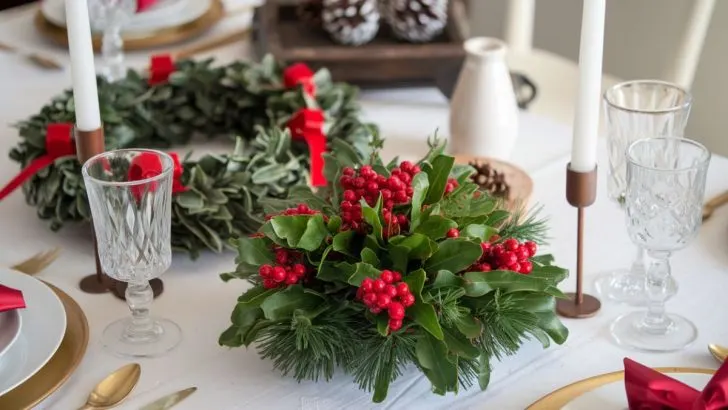Have you noticed a charming little plant with glossy green and burgundy leaves adorned with bright red berries popping up in stores this holiday season?
Say hello to wintergreen (Gaultheria procumbens), the unexpected newcomer that’s rapidly becoming the star of festive décor.
If you’re seeking a houseplant that’s both delightful and low-maintenance, especially in less-than-ideal light conditions, wintergreen might just be your new best friend.
Wintergreen: The Surprising Holiday Trend
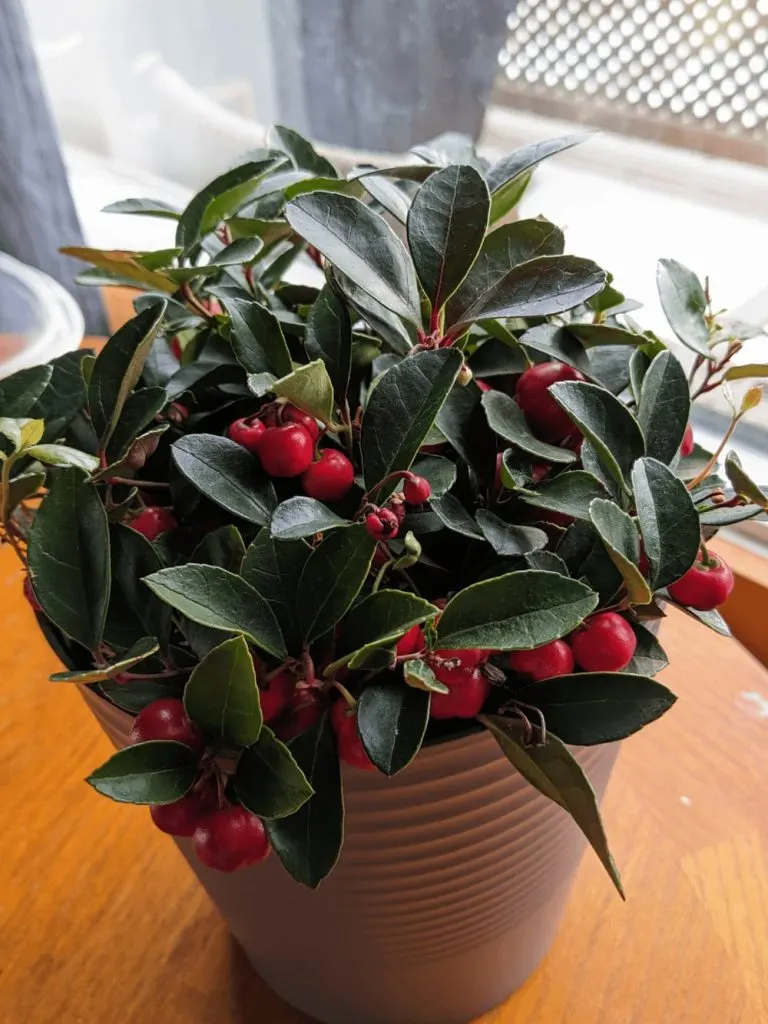
Every year, as the holidays approach, I find myself meandering through the plant sections of grocery stores and home improvement giants.
You know the usual suspects: poinsettias shivering by drafty entrances, mislabeled Thanksgiving cacti pretending to be Christmas cacti, and the occasional amaryllis or paperwhite bulb vying for attention. If luck is on my side, perhaps a hellebore or two makes an appearance.
But this year, something different caught my eye. Nestled among the traditional plants was a petite pot wrapped in festive attire, boasting vibrant red berries that seemed to shout “Merry Christmas!” At first glance, I almost didn’t recognize it.
This was a plant I usually encounter on woodland walks, one I’ve cherished for years during winter foraging adventures.
Meet Wintergreen
Also affectionately known as teaberry in my neck of the woods (hello, Pennsylvania!), wintergreen has stealthily entered the holiday plant scene. It appears someone in the houseplant industry had the brilliant idea to introduce this native gem to our festive décor, and I must say, it’s a stroke of genius.
These little plants have been flying off the shelves faster than hot cocoa on a snowy day. A chat with a friendly florist at the supermarket revealed that they tested the waters last year, and the response was overwhelming. No wonder they’ve become the season’s hottest “new” houseplant!
Why Wintergreen Deserves a Spot in Your Home
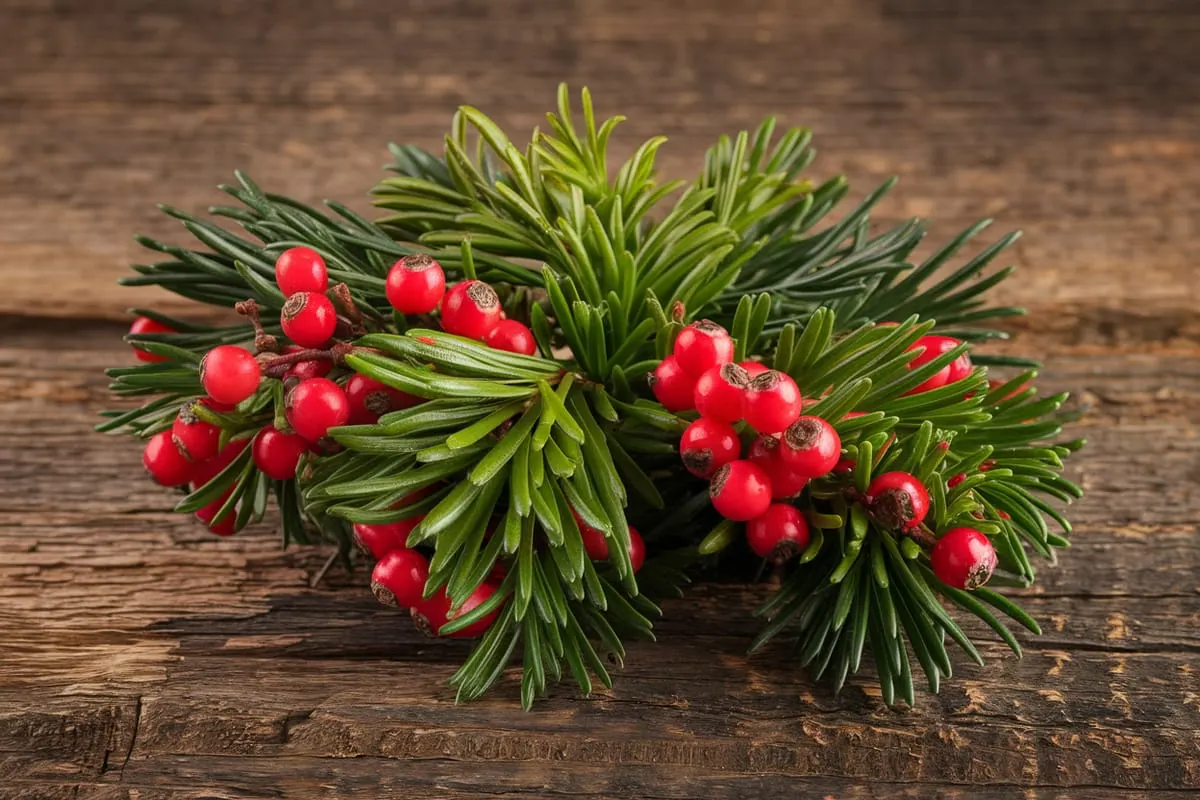
Now, you might be wondering: is wintergreen just another disposable holiday plant destined for the compost pile come January? I wholeheartedly believe it doesn’t have to be. In fact, wintergreen has all the makings of a fantastic houseplant, especially for those of us dealing with less-than-tropical home environments.
The Struggle with Traditional Houseplants
Let’s face it—we often set ourselves up for heartbreak with finicky tropical houseplants that demand bright, indirect light, high humidity, and temperatures that make you question your thermostat settings. These divas of the plant world can be a challenge to keep happy in homes that are, well, not rainforests.
Our houses tend to be darker, drier, and cooler than the lush jungles these plants call home. It’s no wonder so many of us have stories of browned leaves and wilted stems.
Wintergreen to the Rescue
Enter wintergreen—a hardy, resilient plant that naturally thrives under the canopy of deciduous forests across the Eastern United States and Canada. It’s accustomed to dappled light, cooler temperatures, and varying humidity levels. In other words, it’s perfectly suited to the average home environment.
Not only is wintergreen adaptable, but it’s also a North American native, which means it aligns with our seasons. No more trying to trick a tropical plant into thinking it’s summer during our chilly winters. Wintergreen knows the drill.
The Beauty of Wintergreen
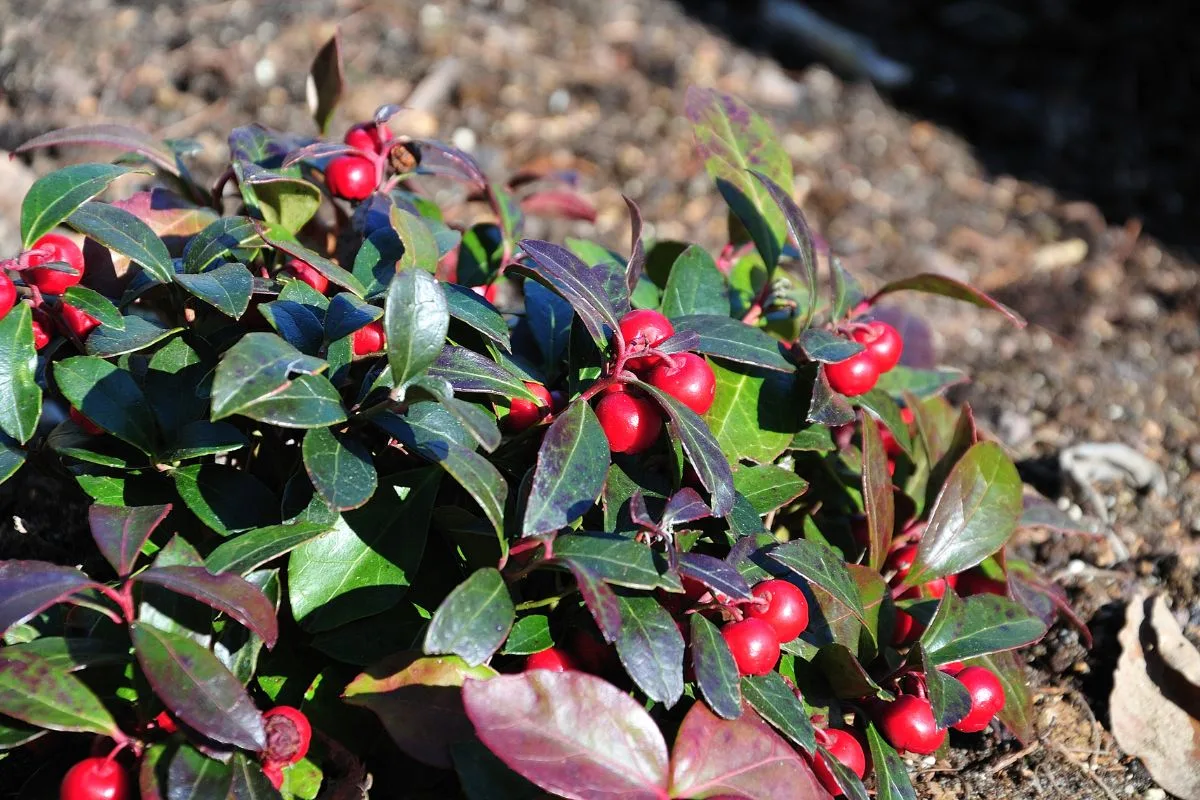
Beyond its practicality, wintergreen is simply a delight to behold. The plant boasts petite, dark green leaves that often take on a burgundy hue, adding depth and richness to your décor. In the spring and summer, it produces dainty, bell-shaped white flowers reminiscent of blueberry blossoms—a nod to their shared botanical family.
These blossoms give way to the star of the show: the bright red berries. While they may not provide a bountiful harvest, the berries are edible, offering a subtle minty flavor that’s both refreshing and festive. Whether you choose to snack on them or simply enjoy their cheerful appearance is entirely up to you.
Lighting Needs
One of the standout features of wintergreen is its preference for partial shade. This means it doesn’t require those elusive south-facing windows bathed in sunlight. If your home is lacking in natural light, wintergreen doesn’t mind one bit.
Place your plant within six feet of a window that offers filtered light, or even in a north-facing window. It’s perfectly content away from direct sunlight, making it an excellent choice for spots that other plants might find challenging.
The best part? Wintergreen’s growth cycle aligns with our natural seasons. It goes dormant in the winter and awakens in the spring, so you won’t need to fuss with artificial lighting or special care routines.
Potting and Soil Recommendations
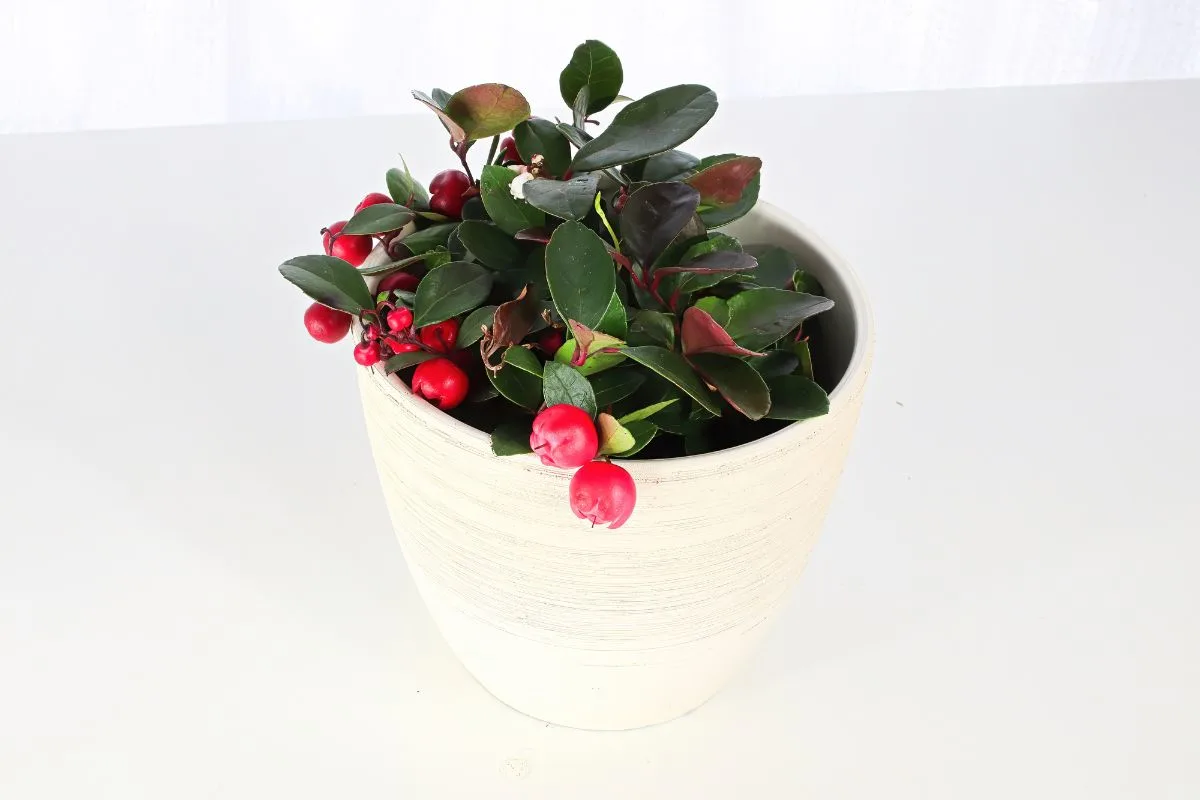
When it comes to potting your wintergreen, opt for a container with good drainage to prevent root rot. As a lover of moist, well-draining, acidic soil, wintergreen appreciates a potting mix enriched with peat moss. This not only helps retain moisture but also ensures the soil’s acidity levels (aim for a pH between 4 and 6) are just right.
If you’re using a peat-free mix, consider adding a bit of sulfur to achieve the desired acidity. Remember, happy roots make for a happy plant!
Feeding Your Wintergreen
Wintergreen isn’t a heavy feeder. In its natural habitat, it thrives in soil that ranges from rich to modest in nutrients. In a pot, however, nutrients can become depleted over time. To keep your plant thriving, consider repotting it annually with fresh soil or providing a light feeding once or twice a year with a fertilizer suitable for acid-loving plants.
This minimal feeding schedule makes wintergreen an easy-care option for those who prefer a low-maintenance plant.
Watering and Humidity
Your wintergreen plant will appreciate soil that’s consistently slightly moist. However, it’s forgiving if you occasionally forget to water—it can bounce back from dry spells with minimal fuss. To mimic its natural humid environment, especially during dry winter months, place the pot on a tray filled with pebbles and water. This simple trick increases the humidity around the plant without making the soil soggy.
During its dormant winter phase, reduce watering frequency, but keep an eye on soil moisture. Maintaining ambient humidity will keep your wintergreen comfortable and looking its best.
Temperature Tolerance
If you’ve struggled with houseplants that demand warmth, you’ll love wintergreen’s cool preferences. It thrives in temperatures that may be too chilly for tropical plants, making it ideal for homes that are a bit drafty or rooms that stay on the cooler side.
Wintergreen is comfortable in temperatures up to 70°F (21°C) during the growing season. In the summer, if your home tends to heat up, consider relocating your plant to a cooler, shaded area to keep it content.
Keeping Pests at Bay
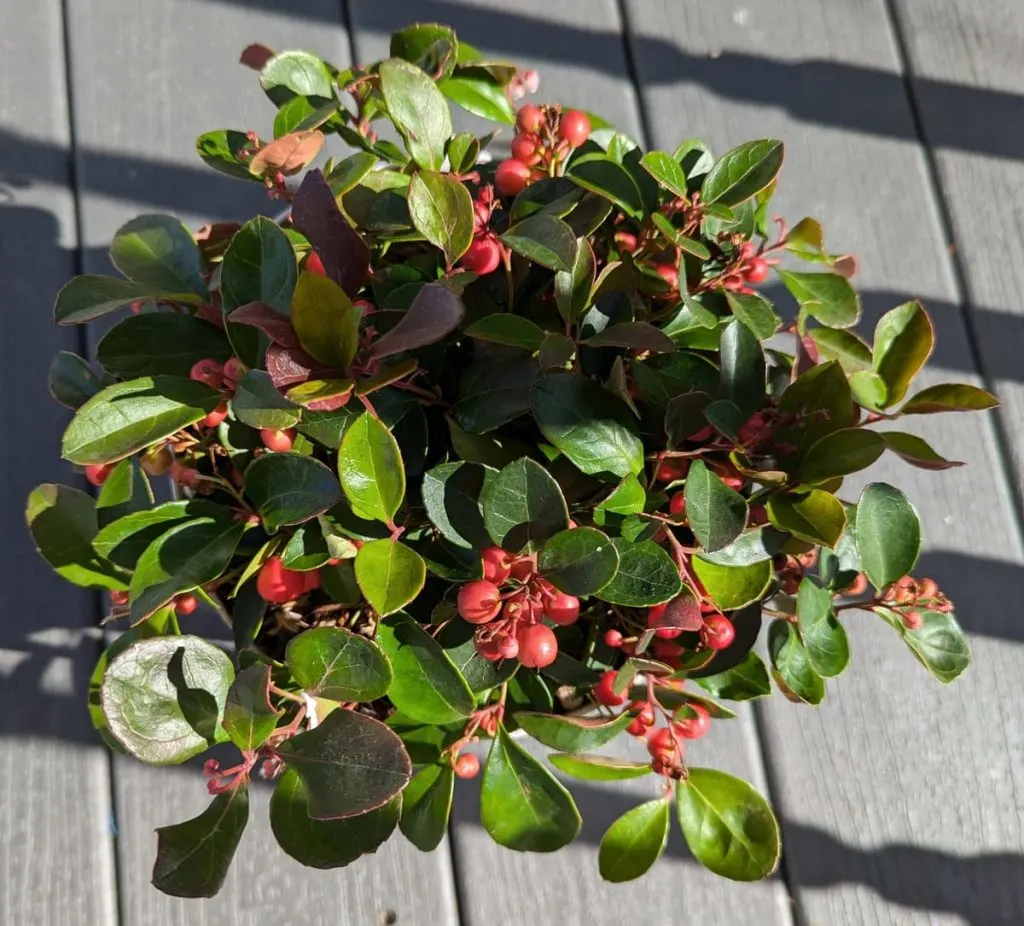
Another advantage of wintergreen is its general resistance to pests when kept indoors. It rarely falls victim to common houseplant nuisances. In overly dry conditions, you might encounter spider mites, but maintaining proper humidity should prevent this issue.
Pruning for Health and Shape
To keep your wintergreen looking its best, a light pruning in the spring as it comes out of dormancy can work wonders. This encourages healthy new growth and helps maintain a compact, attractive shape.
Pruning is straightforward—simply trim back any leggy or unruly stems. Your plant will reward you with a fuller appearance and possibly more blooms come flowering season.
Encouraging Berry Production
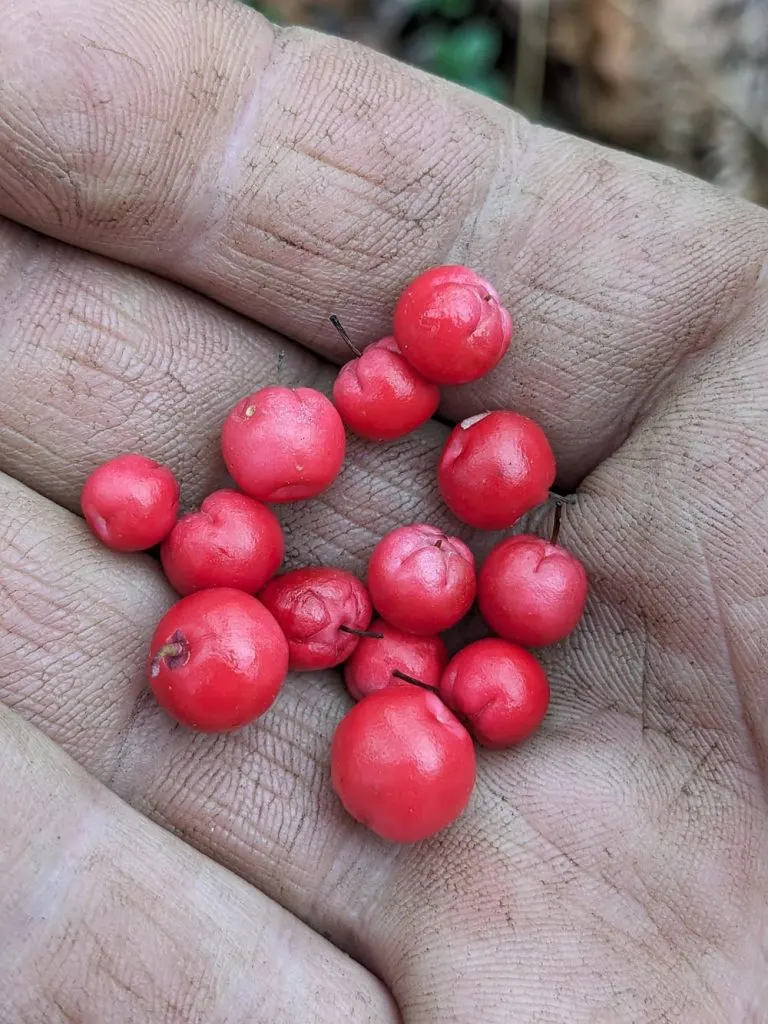
If the festive red berries are what you’re after, consider the role of pollination. While wintergreen is self-pollinating, natural pollinators like bees can enhance berry production. Once your plant begins to flower, moving it outdoors to a shaded area allows local pollinators to do their work.
After the blossoms have been pollinated and start to fade, you can bring your wintergreen back inside. The berries develop over the summer and persist well into winter, providing long-lasting decoration—or a tasty nibble if you’re so inclined.
Embrace Wintergreen This Holiday Season
Whether you’re an experienced plant parent or just beginning your indoor gardening journey, wintergreen offers a delightful and manageable option to brighten your home. Its adaptability, coupled with its festive appearance, makes it a standout choice for holiday decorating and beyond.
So, the next time you’re out shopping and spot this charming plant, consider giving it a place in your home. Not only will it bring joy during the holidays, but with a little care, it can continue to thrive and delight you throughout the year.
A Lasting Addition, Not Just a Holiday Fling
Instead of treating wintergreen as just another seasonal decoration destined for the compost heap, why not nurture it and enjoy its beauty year-round? You might find that this resilient little plant becomes a beloved fixture in your indoor garden.
And who knows? If you do decide to part ways with your wintergreen after the holidays, planting it outdoors or adding it to the compost could lead to a pleasant surprise in your garden come spring.

